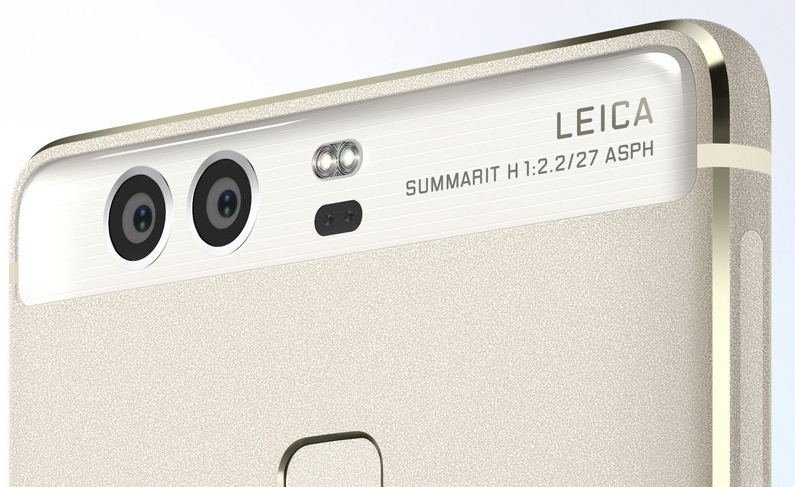If you are an active social media user, then you have probably heard or watched Caroline Mutoko’s gaffe over the Samsung Galaxy Note 8 dual camera capability (watch video here). So what are dual cameras and how do they work? Read on to avoid making Mutoko’s embarrassing mistake in front of your tech savvy friends.
You already know dual means two, so it’s a no-brainer that a dual camera phone has two cameras (on the same side, mostly rear). Flagship smartphone models from industry big players are now sporting dual cameras as a basic feature. The result is crispier images with deeper detail than a single camera would otherwise manage.
It is important to note that each smartphone manufacturer uses the dual camera feature for different purposes. Let’s explore three common ones, which are:
- shooting more detailed photos
- Capturing clearer images in low-light conditions
- Capturing images with a wider field of view.
The first thing we need to understand is that each camera captures its own image. Advanced technology in the phone then merges details from both images to create a single image; creating the impression that both cameras combined powers to take one shot.
The first purpose of dual cameras is in taking photos that are rich in detail at different focal lengths. Each camera has a different optical zoom capability. One could have 2x zoom and the other 1.6x zoom.
One camera takes a close-up photo while the other focus on background detail. The two images are then combined to create an image that is sharper in both close and distant objects, a feat that each camera would not manage on its own. This feature is best exemplified on the iPhone 7.

Another purpose of dual cameras is improvement of photos under low light conditions. Using the Huawei p9 as an example, one camera takes photos in monochrome while the other takes coloured ones.
The monochrome camera is more sensitive to light hence can take better photos in dark conditions. The monochrome photo is then combined with the coloured one to create a clearer photo than the colour camera could capture on its own.

Lastly, dual cameras combine powers to create images with a wider field of view. The LG G5 has 16MP and 8MP rear cameras, the 16MP one as 78-degrees angle field of view while the 8MP one has 135-degree wide angle field of view.
[irp]
This means that one camera shoots an image with focus on the primary subject while the other captures as much detail from the scene as possible.

Thus; a dual camera phone with two 12MP shooters does not result in a 24MP image.
Leave a Comment